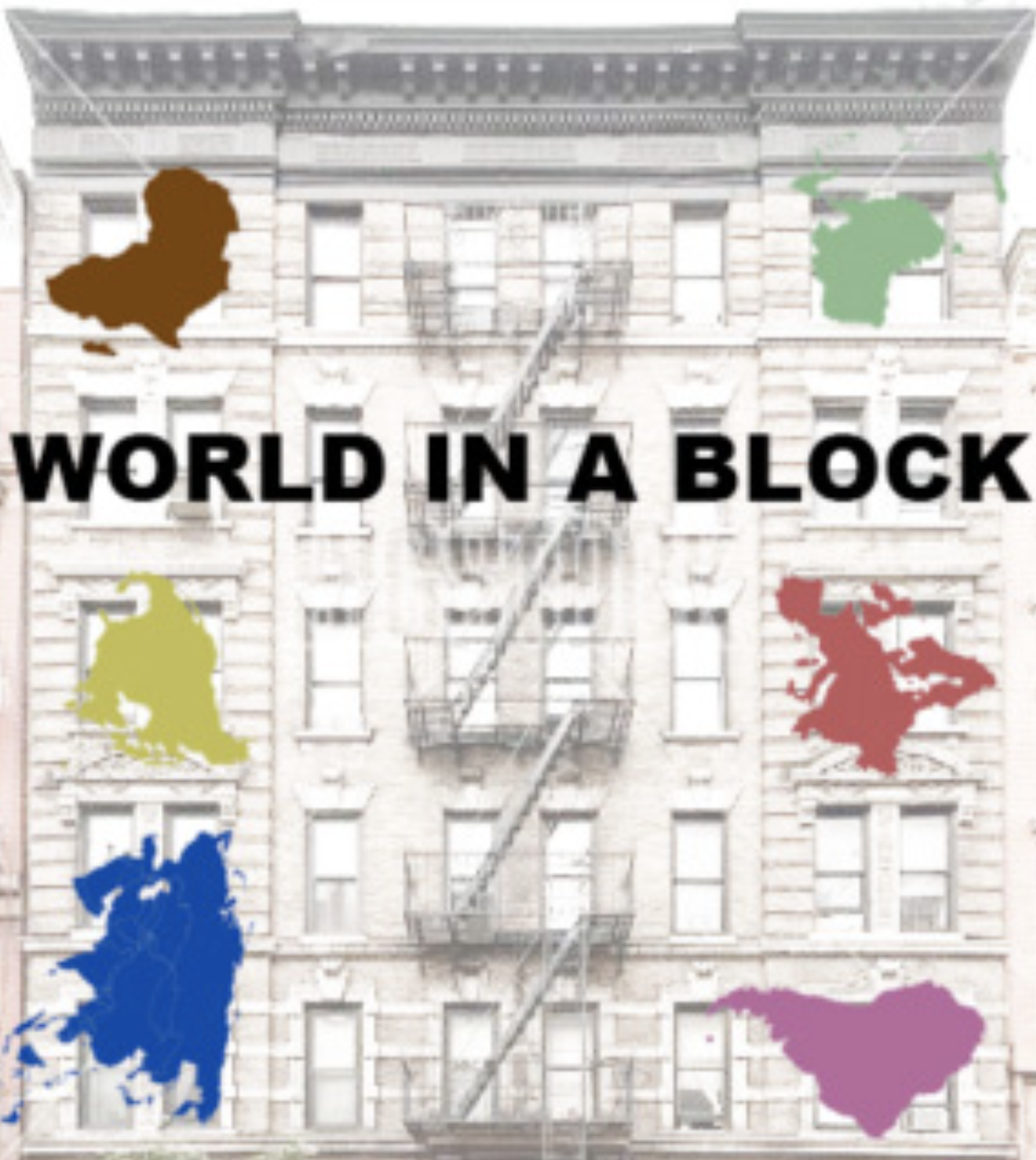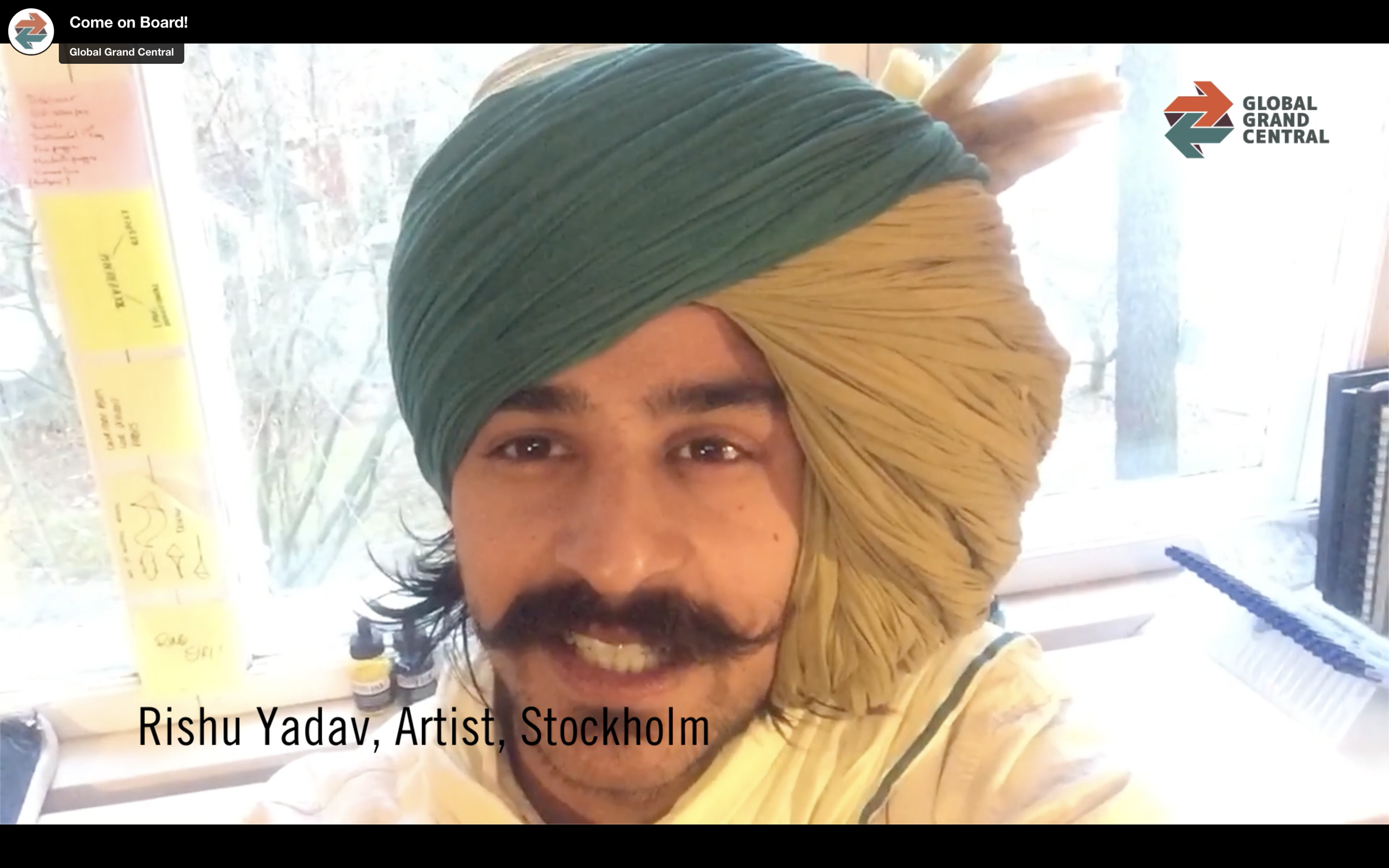
At one point I started questioning why I had the power to tell other people’s stories. I felt that my perspective - as a privileged, white, male from northern Europe - had already been told.
Instead, I started to explore borders by lending cameras and voices. I ventured into years of project management, facilitation, method development, and research.
Bordr etc.
It began with eight cross border traders in Southern Africa in 2010. They borrowed cameras for two months and produced the most astounding work - telling their own stories for their own purposes to counter stigma and discrimination.
Resulting exhibitions toured - along with some of the traders - to Namibia, South Africa, Malawi, Mozambique, Zambia, Botswana and 18 cities in Sweden
A revisit some years later showed that the project had contributed to improved perceptions towards the whole trader community
It continued with camera lending to migrants in New York, stateless populations in Jordan, and pupils in Sweden. I met programmer Christo de Klerk, and we developed an app where people could log in between places, emotions, and spaces in time.
A new story concept became it’s own organisation - we called it Bordr
We organized interactive exhibitions in Sweden and New York
We got EU funding, and began exploring participatory storytelling through arts, craft, music and interactive exhibitions. We started learning together with other organisations.
This prompted yet another new organisation and a new digital platform for knowledge exchange called Global Grand Central
We also produced research which led to a side career as a project evaluator and facilitator
Along with all the conceptual exploring, I moved back to my rural childhood home in Sweden to better understand where I come from. I became deeply involved with arts cooperative Not Quite, and for a while we tried to co-define the future for a whole village.
We called it “The New Mill Town”
Below are sample images and concepts from the processes



























































































